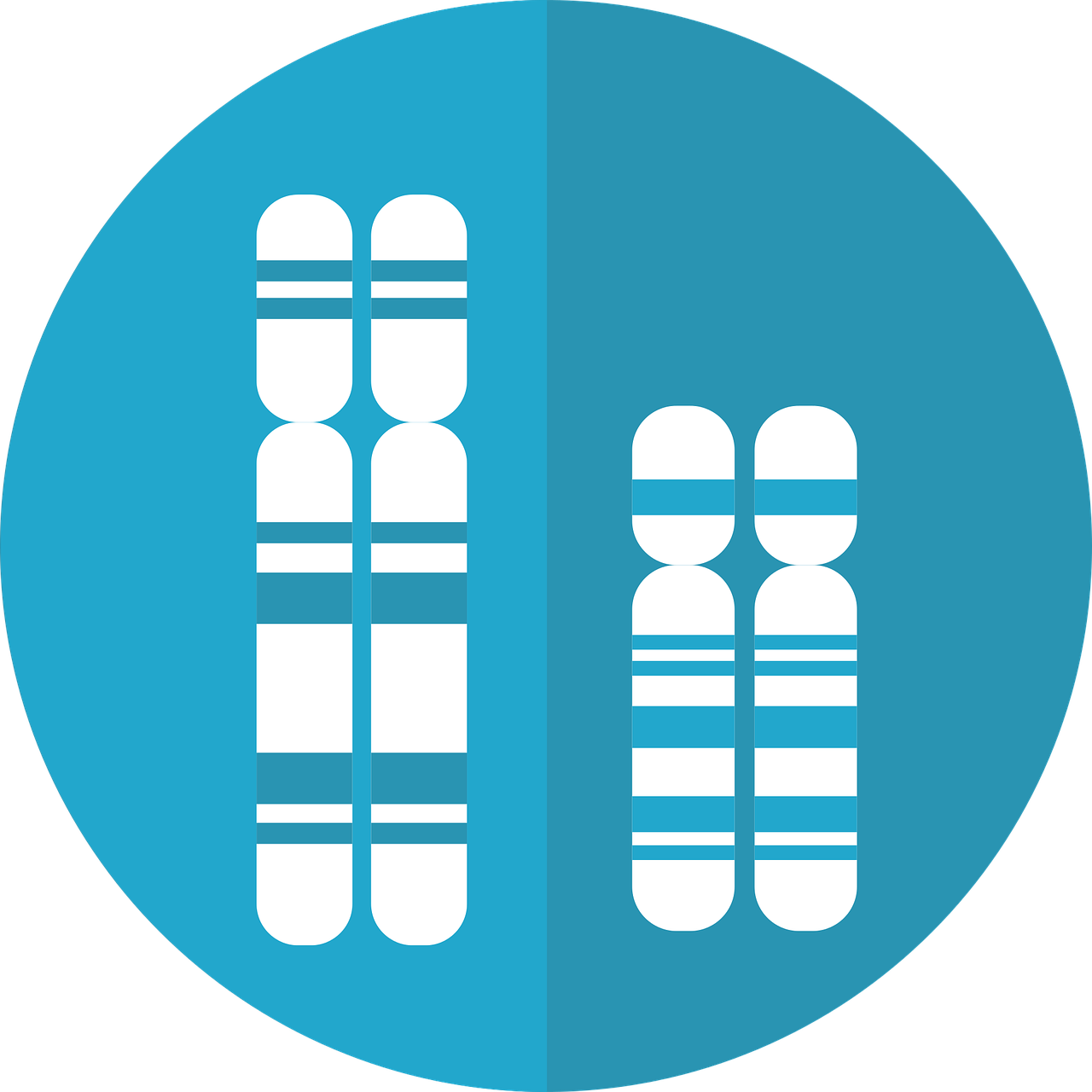Introduction to organioids
/What you need to know about organoids
Paola Arlotta, chair of and professor in the stem cell and regenerative biology department at Harvard University, is growing brain tissue in her lab. In recent years, scientists have developed new techniques that add another level to the two-dimensional tissue culture of yore (e.g., growing cells in a single layer in a petri dish). These cells grow and divide in three dimensions, ultimately giving rise to samples of tissue that resemble the organ itself. They’re called organoids, but many news headlines have described them as if they are real, live organs.
Take these headlines for example: “Scientists grow human brains in a dish” and “Scientists brew up the creepiest batches of brain balls yet.” While science is in its infancy, the headlines don’t reflect that, taking liberties in describing what organoids are and overstating their form and function.
“You imagine a mini brain in a dish — that’s not what these things are,” Arlotta stresses. That bears repeating: They’re not mini brains; they’re not brains in a dish. They’re brain organoids, simplified replicas with some of the features of the organ they model.





















